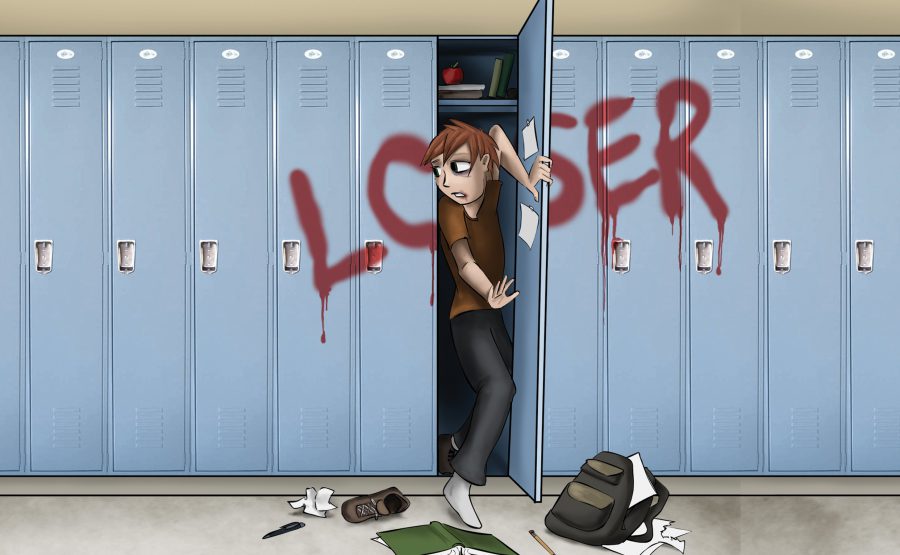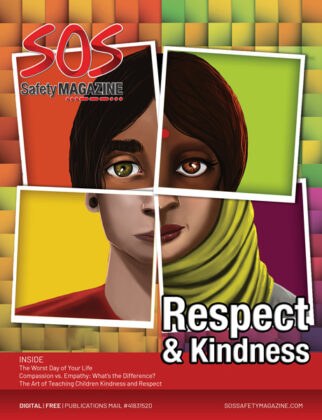ARTICLES, WHAT IS BULLYING? HOW TO STOP KIDS BULLYING NOW
Back-to-School Bullies

Heading back to school can be a very exciting time of year for kids because they get to hang out with friends they haven’t seen for two months. But it can also produce anxiety for those kids who must once again face bullies.
As well, it can be anxiety-producing for parents to whom phone calls from the school principal will once again be a regular part of their day, because their child is on the bullying side of the equation.
What can you do to help your child focus on fun and learning at school, rather than aggression, worry, and fear?
If your child is bullied, here are a few ideas:
Talk to your child.
Let them know that you can’t help them unless you know about the situation. Listen to their stories and feelings, while being non-judgemental and calm. Remember that there are always two sides to every story. Work with your child to develop solutions that make them feel comfortable.
Gather information and document specifics from the incidents they describe:
who was present (adults and children), what exactly happened, as well as when and where the incident took place. Ensure that your child knows there is a difference between tattling (telling with the intent of getting someone in trouble) and telling (telling with the intent of asking for help). Tell your child that you are proud that they feel comfortable enough to re-hash difficult situations with you.
Don’t tell your child to ignore the bullying or to learn how to fight.
Encouraging your child to minimize their reaction to the bullying may reduce the frequency and severity of the incidents; however, ignoring a problem rarely ever makes it go away. And fighting fire with fire just makes a bigger fire.
Don’t shrug off the bullying as a normal part of childhood.
Abuse of any kind must never be considered normal.
Involve your child’s teacher and principal, but don’t rely on them to be the sole source of the solution.
Simply telling the teacher does not necessarily mean the problem will be solved. Many teachers and school administrators are at just as much of a loss as you are with respect to how to handle the growing problem of bullying. All of the parties involved in bullying – those who are bullied, those who bully others, parents, teachers, school administrators and support staff – need to come together to find a solution.
Ask about the bullying policy at your child’s school.
It should define the different types of bullying (physical, verbal, relational, sexual, and cyber-bullying), and the consequences for each. It should also recognize the difference between inappropriate behaviour and bullying. Bullying is chronic, frequent behaviour that has, at its core, the intention to harm and intimidate. Inappropriate behaviour is exhibited by all kids at one time or another, but it is not malicious or chronic. The policy should also recognize potential “hot spots” in the school environment where bullying can occur, such as the playground, bathrooms, and hallways, and then detail preventive action plans for those areas.
Empower your child.
The younger your child, the more they will benefit from things like role-playing and scripts of how to respond in certain situations. Anything from “Okay, whatever you say,” and “Thanks!” to “Knock it off,” or “Please stop now,” are appropriate responses to bullying. Just ensure that your child responds with as little emotion as possible, and with as much confidence as possible. It may take a fair amount of time to see results from this tactic, so allow your child to move at their own pace.
If your child is bullying others, there is also a lot you can do to be a part of the solution:
Don’t deny that there is a problem.
Once again, ignoring a problem rarely makes it go away, and often exacerbates it. Your child may not be entirely to blame, but he or she is definitely part of the equation, and problems can’t be solved without all parts of the equation being satisfied. Minimizing the importance of the issue sends a message to your child that being inconsiderate of other’s feelings is acceptable.
Talk to your child.
Listen to their stories and feelings. Remember that there are always two sides to every story. Document specific aspects of the behaviour so that you have the necessary information to help you and your child to work toward a solution.
Encourage and model empathy.
Bullies often lack a feeling of empathy. When discussing specific incidents, ask your child to put themselves in the other child’s shoes. While watching TV or a movie with your child, openly discuss what you think the characters might be feeling in certain scenes, especially ones filled with turmoil.
Brainstorm reparations and focus on accountability.
Ask your child to help you understand what they did that caused harm to another, and why they behaved in that manner. Then, work with your child to develop meaningful ways to show he or she is sorry for what they did. Simply saying sorry is not enough; they must state what they are sorry for, and what they are going to do in the future to make amends.
Reduce the number of aggressive examples in your child’s life.
Violent examples in today’s society can only be blamed for our children’s poor behaviour if parents let those examples be their children’s babysitters. Monitor the TV programs and movies your child watches, the video games they play, and the other children they socialize with. That’s not to say that violent examples must be completely off-limits; they are a reality, and your child must learn to cope with them at some point. Just be sure to talk with your child about the appropriateness of such examples, and how you feel about them. This dialogue will give your child the basis from which to develop their own opinions.
Find a Peer Mentor.
In addition to lacking empathy, bullies also often lack social skills. Track down someone who can be, in your absence, a regular source of support for your child. They can help your child figure out socially acceptable ways of behaving.
Bullying has a hugely detrimental impact on our children’s school environment. As the principal at one Edmonton school says every morning during announcements
“Everyone has the responsibility to help, and no one has the right to hurt.”
We must all do everything we can to ensure that our children come and go from school knowing that they are in a safe, inclusive, fair environment. The absence of violence, fear and worry will put our children in the position of being able to concentrate on becoming successful students, and confident and wise members of our society.
By: Karen Kondor. B.Ed







